Affiliate links on Android Authority may earn us a commission. Learn more.
One year of BlackBerry - these are the highlights
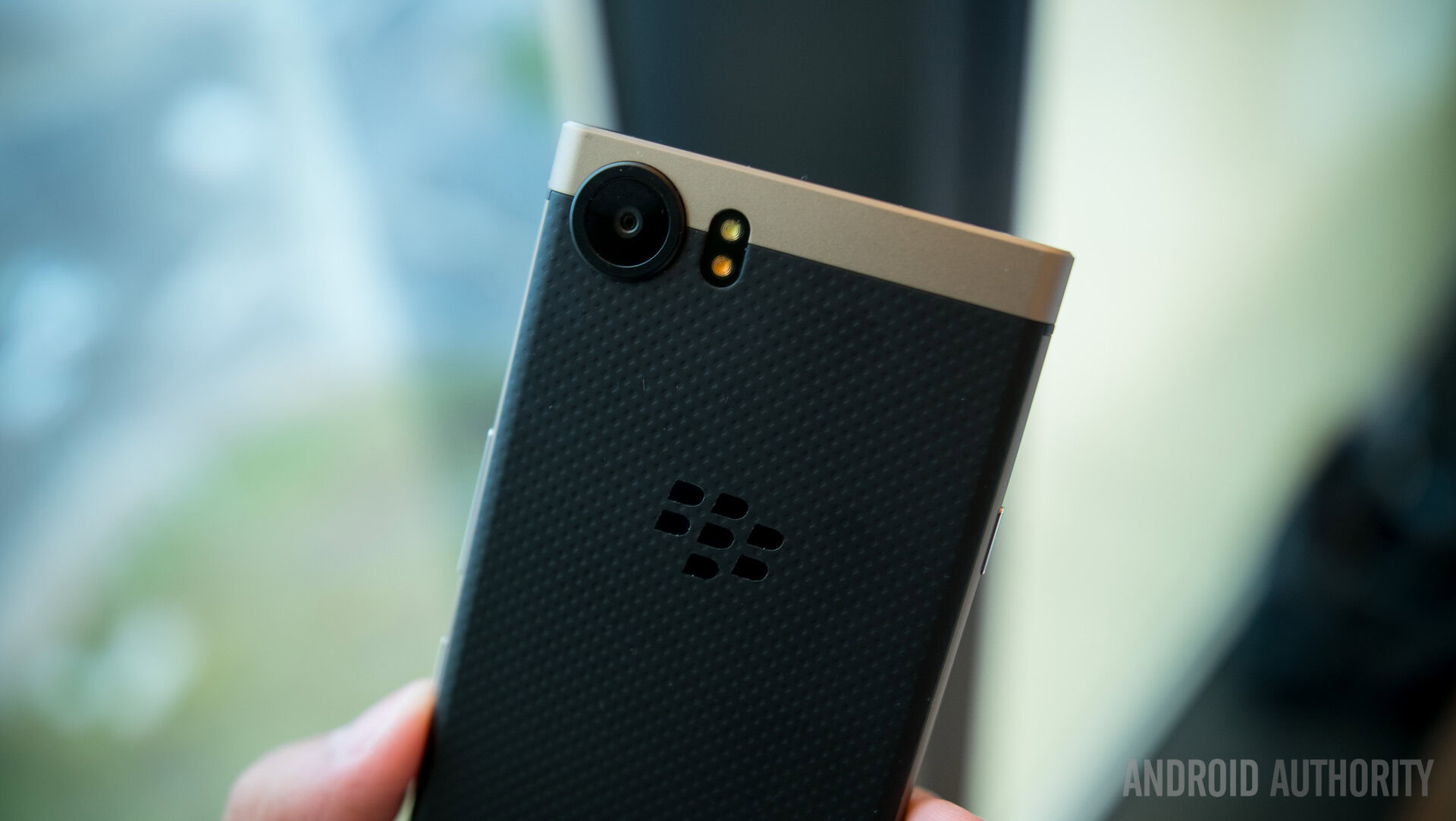
Last year at Mobile World Congress, BlackBerry reintroduced itself to the world with a new partnership with TCL. It had ironed out it’s problems and learned from its mistakes, it seemed.
One year on, BlackBerry has enjoyed success in more markets than ever, with the successful launch of two smartphones. Here are some of the company’s highlights, as well as some of our own.
BlackBerry’s highlights
BlackBerry had three main highlights during its first year under the TCL banner. First, the BlackBerry KEYone is available to customers all around the world, including markets in which BlackBerry devices have never before been sold — China and Russia. The company even introduced a version of the KEYone with a localized keyboard in Russia.
The second milestone is BlackBerry’s success in the enterprise market. During a meeting at MWC, the company told us over 1200 enterprises have expressed interest in BlackBerry devices. This interest includes either buying a BlackBerry or saying to their users it’s a supported device. The company’s objective is to convert at least half of these companies into buying BlackBerry handsets. The KEYone and Motion are part of the first wave of phones to be approved for Enterprise by Google, which should help with this task.
The last highlight is around customer feedback. The company says the Black and Bronze KEYone devices show it is willing to listen to customer feedback in order to improve its device range. The Bronze edition especially was an answer to calls for a dual SIM BlackBerry, a first for the company.
What does Team AA think?
That’s the company’s highlights but what about Team AA? Jimmy, Josh, and Nirave have their own highlights of the past year, which we’ve shared below.
Jimmy Westenberg
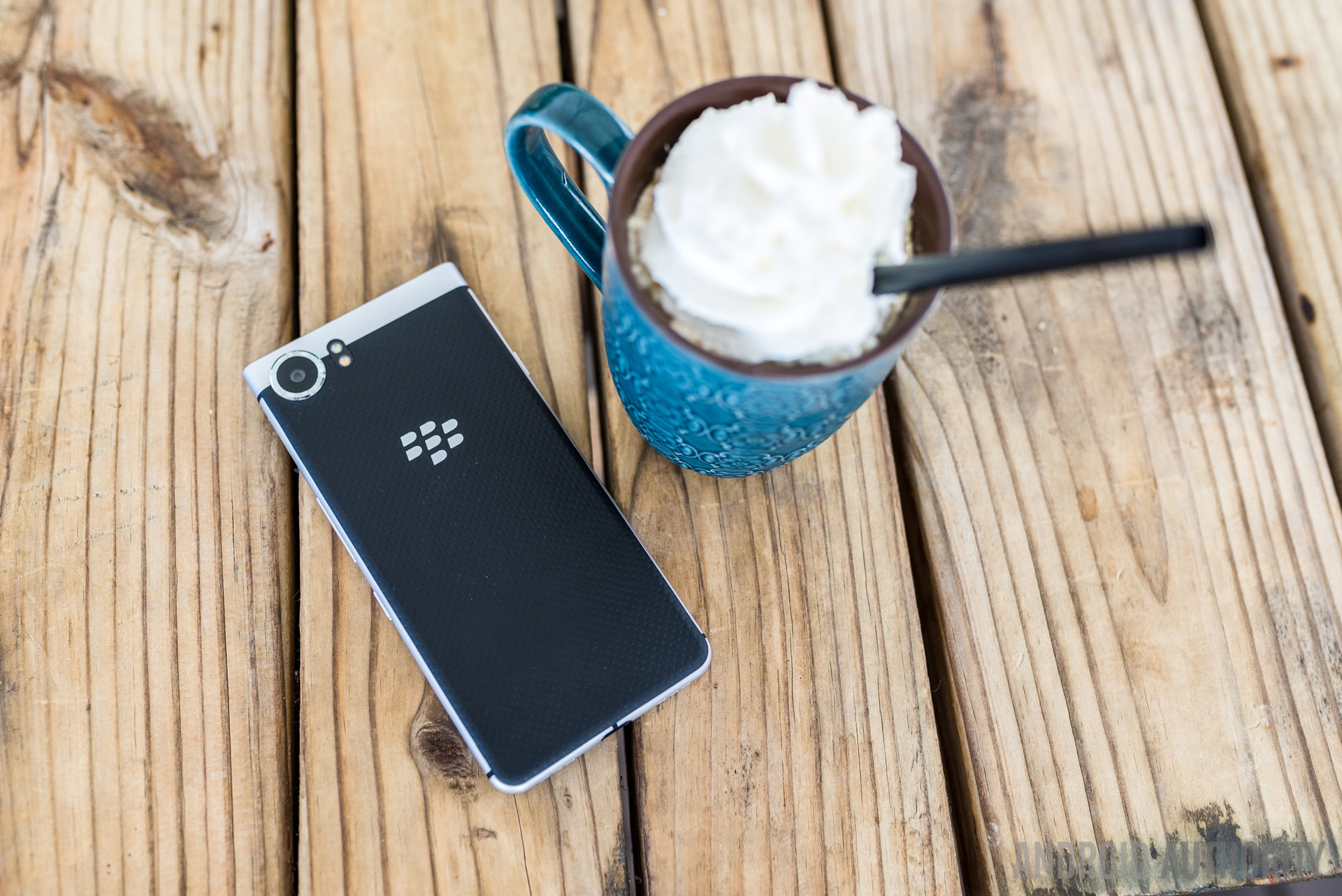
My very first smartphone was the BlackBerry Curve 8330. I never thought I’d go back to a phone with a physical keyboard after I switched to the HTCDesire, but that changed when BlackBerry announced the KEYone at MWC 2017.
BlackBerry hit the nail on the head when it brought the physical keyboard back to Android.
It took me a few days to get used to it, but the KEYone brought back all my fond memories of typing with a physical keyboard. I’ve always been a more accurate typist — albeit slower — but that the keyboard can be used for much more than just typing made my experience even more enjoyable. Swiping through the interface and long-pressing a key to open an app with the keyboard made Android even more of a joy to use than normal.
BlackBerry hit the nail on the head when it brought the physical keyboard back to Android. Although it may only appeal to a few users, I hope the company never stops making these types of phones. After all, it’s what defines BlackBerry.
Nirave Gondhia
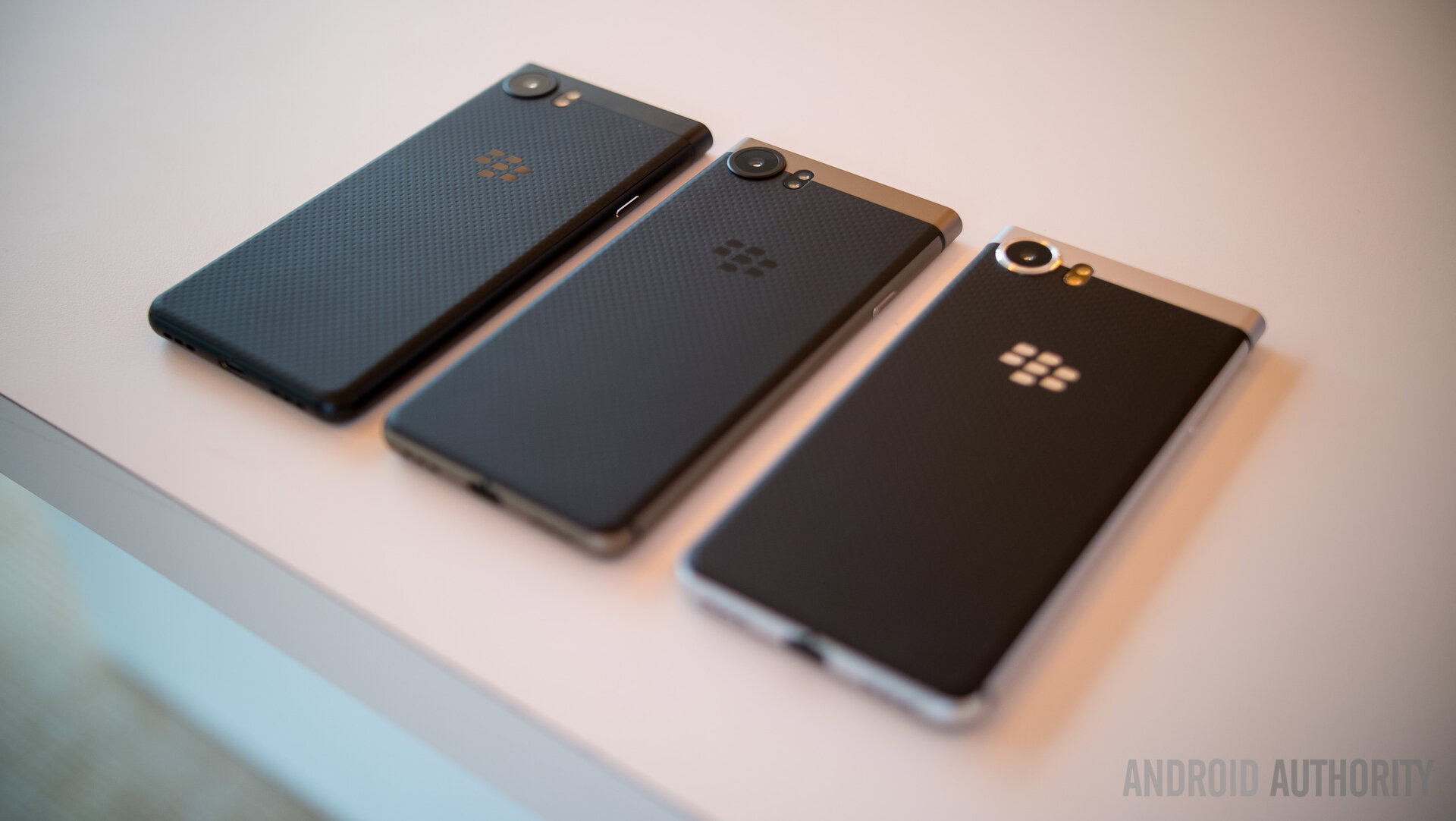
My history with BlackBerry dates back to the BlackBerry Pearl 8100, the first time a BlackBerry was designed with fashion in mind. I was working in retail at the time and remember being excited every time a new BlackBerry device came out. One of my favourite devices was the BlackBerry Bold 9000 and the BlackBerry KEYone reminded me of this when I first saw it.
The KEYone possesses many of the characteristics that made the Bold 9000 so successful. It has a premium look and feel, and a great keyboard. The keyboard is a little cramped for my large fingers, but I found myself enjoying the feedback provided by physical keys.
I switched to on-screen keyboards a long time ago and going back to a physical keyboard was a challenge, especially since I’m adept at touch-swiping (touch typing with the swipe feature) while on the move. I prefer the onscreen keyboard for day-to-day usage, but there are times when the KEYone is the perfect device for me — especially when typing something up on a train or taking notes in a cramped meeting room.
Last year I was super excited to see BlackBerry return and I’m glad to see they’ve been successful. I can’t wait to see what the next year or two bring. Jimmy hit the nail on the head when he said the keyboard is what makes a BlackBerry. Given the advancements they’ve made with this form factor, the future’s certainly bright.
Joshua Vergara
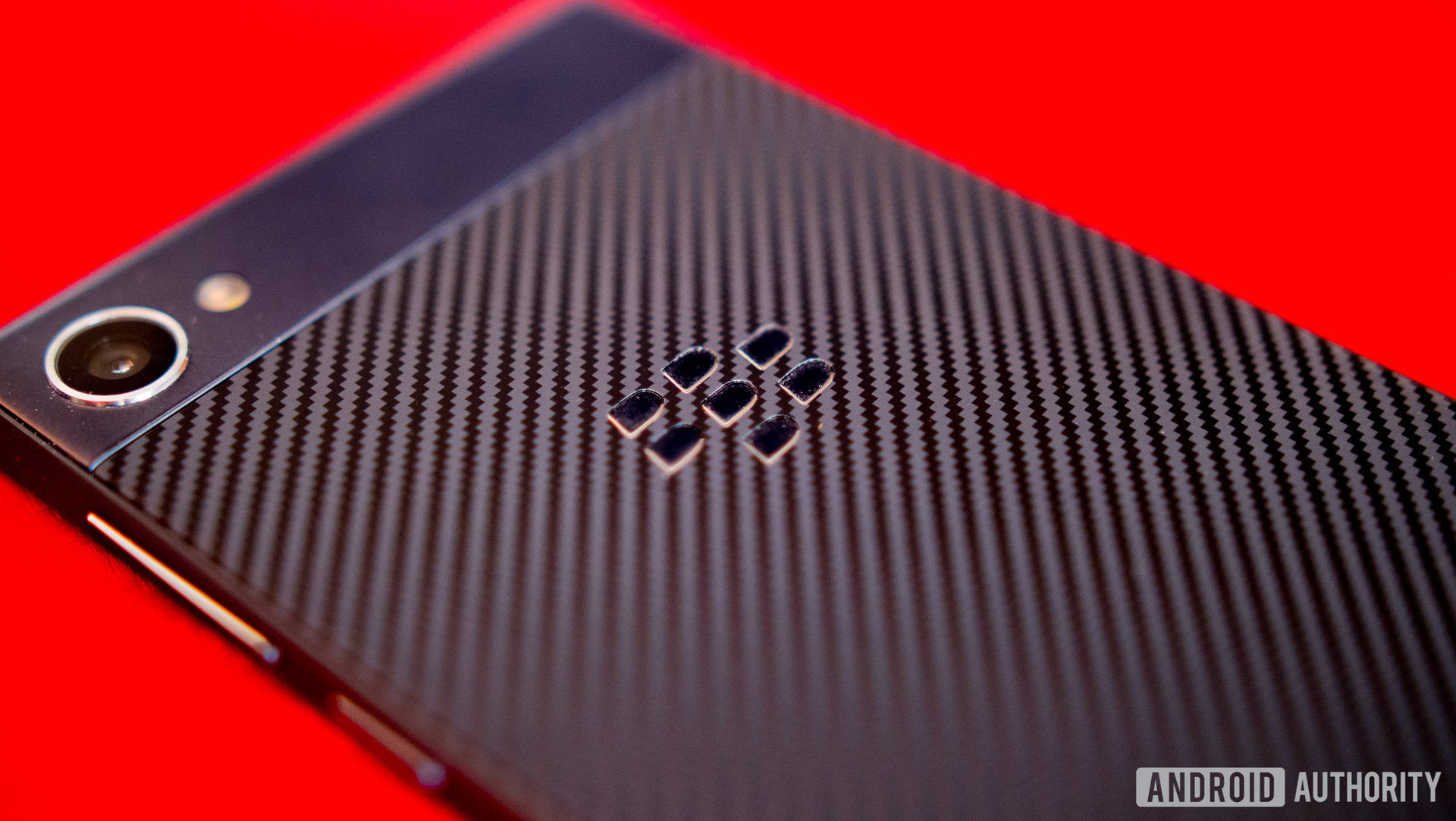
Like many users, my time with BlackBerry is a nostalgic one. Though I eventually got envious of my friend’s T-Mobile G1, which foreshadowed my move to Android, I rocked the BlackBerry Bold 9000 for awhile. It’s hard to really describe why the physical keyboard is so important to me — in recent conversations, I’ve found others who feel the same way — but no experience tops the tactile feedback and typing accuracy of a BB smartphone. For a college kid trying to be trendy and futuristic, taking notes on a smartphone with actual keys was an evolutionary step. Doing the same on the keypads of the past seemed passe.
It wasn’t until this past CES 2018, during a meeting with BlackBerry, that the keyboard was put into proper perspective. In the current age of this returning brand, the KEYone is not trying to be like every other fully touchscreen device. Instead, it is the “messenger phone,” which is a brilliant way of describing a phone so meticulously constructed for a generation of people who no longer speak into their phones, but shoot digital thoughts into the ether. That evolution has been so exciting to see.
Even today, I use the KEYone as a daily device. This is the phone I go to when I just need to get things done.
Even today, I use the KEYone as a daily device. Granted I use the Black Edition, which got the proper specification bumps needed to meet current users’ demands, but this is still the phone I go to when I just need to get things done. There is no doubt in my mind that, despite the slower than typical typing speed of a physical keyboard, the tactile experience makes messaging feel unique again.
It’s easy to dismiss the many flagships we see these days as cookie cutter and incremental, because the design remains largely the same in each new generation. A keyboard phone like the KEYone needs to make deliberate choices on what keys to include, what functions they serve, and how they actually feel. For a year, that attention to detail and experience has been something many in tech journalism have enjoyed, and I think that if BlackBerry is able to continue providing it, its future is bright.
Will they ever be on the level of a Samsung Galaxy or an iPhone? Probably not. Over time people might come back because they remember what made the BBM age so great. It wasn’t the phone’s flashiness, but its ability to make connecting and expressing easier and better that made it special.
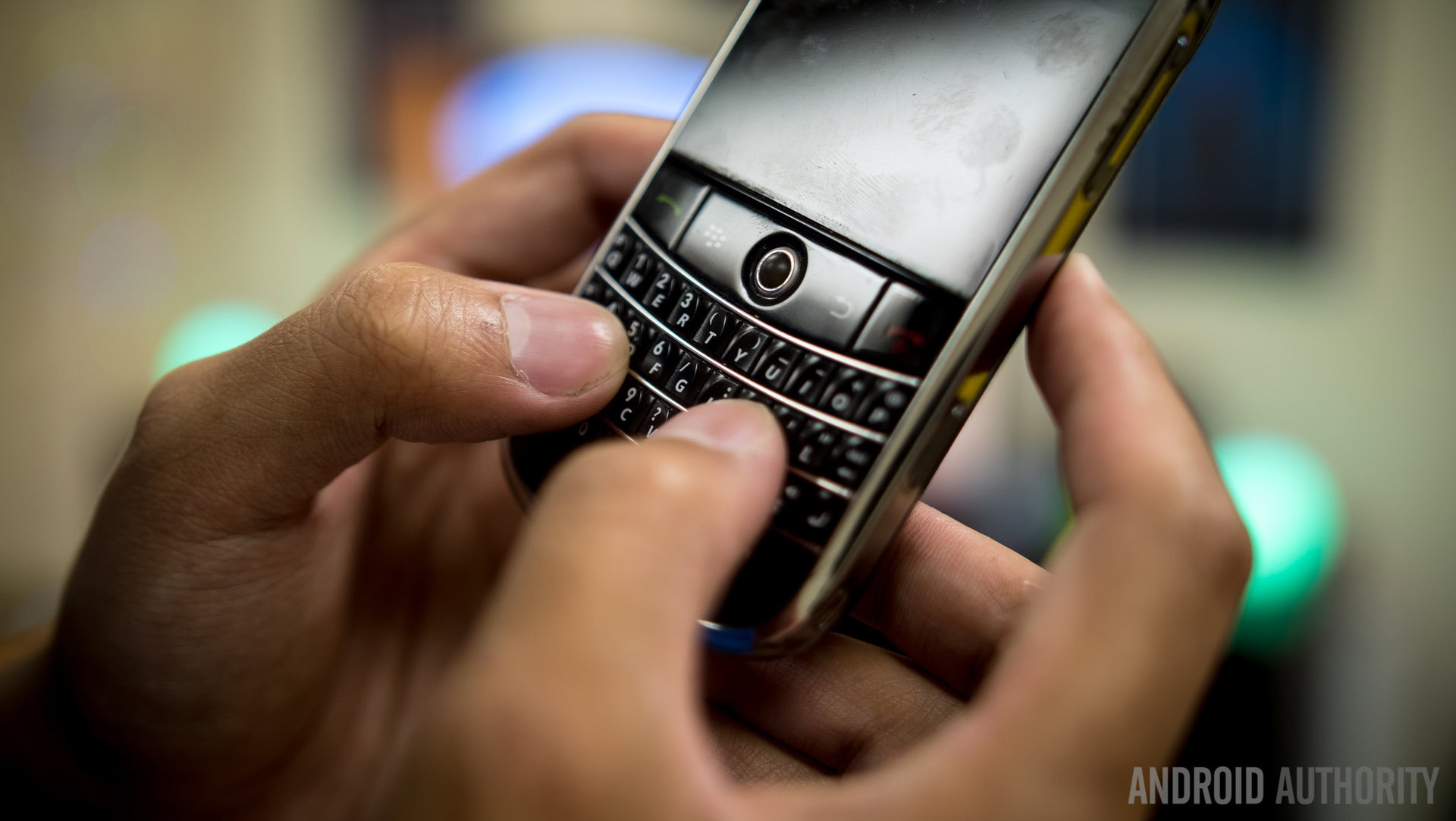
Looking at the team’s highlights, one thing is clear: we all have fond memories of the BlackBerry brand. Whether it’s the keyboard, BlackBerry Hub, or the design, there’s plenty of things to look forward to in BlackBerry’s future.
Those are our highlights, but what are yours? What are your favorite moments of the past year? What are you most looking forward to in the next year? Let us know in the comments below!